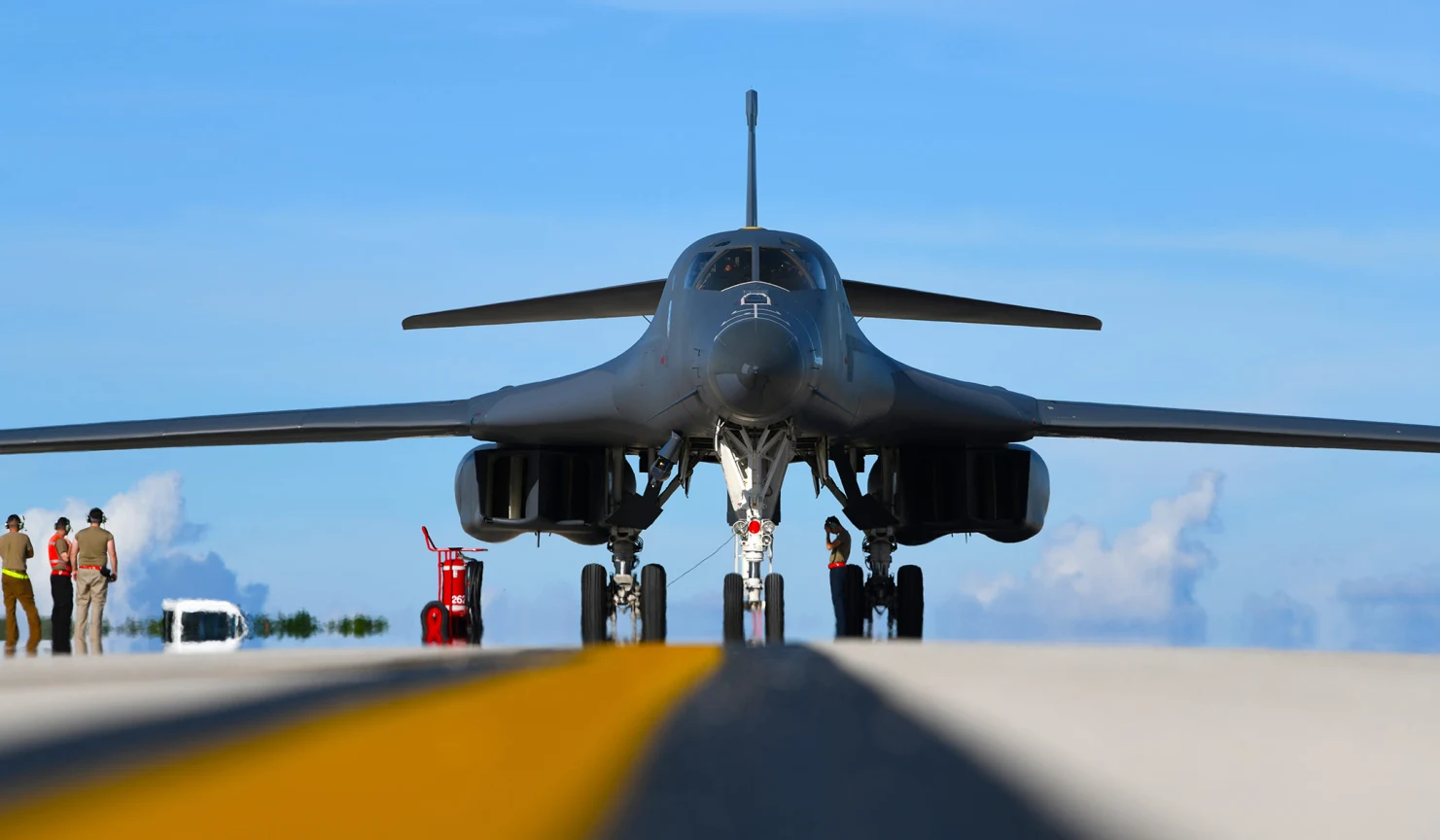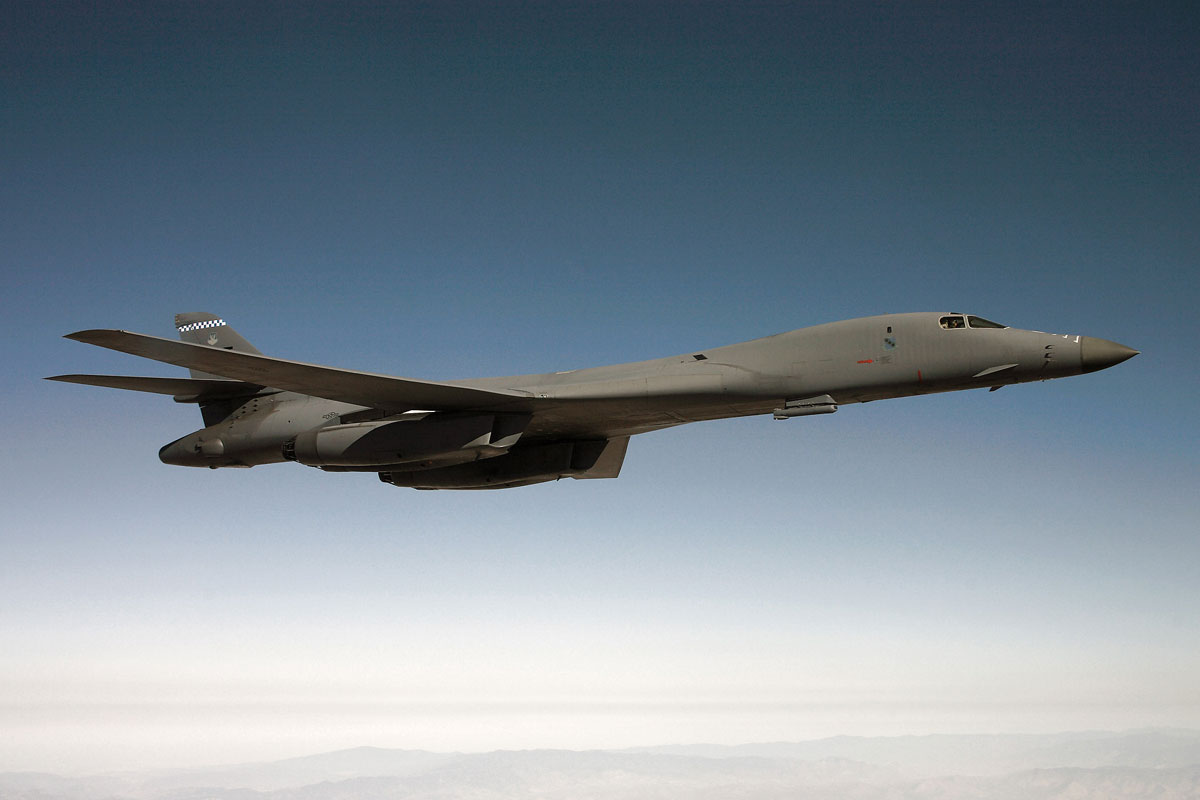Resurrecting Lancelot: A Significative Renewal Amid the Final Mile of the B-1B Lancer
Lancelot’s Comeback: From Tinker Air Force Base Retirement to Rejuvenation
In a Published article in The War Zone, the iconic B-1B Lancer‘s career was coming to a close, and the U.S. Following a catastrophic engine fire at Dyess Air Force Base in 2022 that rendered another B-1B useless, the Air Force is assembling an incredible restoration of one of its decommissioned aircraft, named “Lancelot.” As part of a fleet reduction strategy, the Air Force chose to reactivate Lancelot, serial number 85-0081. Upon its relocation to Tinker Air Force Base in Oklahoma, the swing-wing jet will undergo a strenuous rejuvenation procedure in preparation for its eventual return to service.

Air Force Units Work Together to Restore Lancelot’s Operational Strength
This large project is being worked on by several Air Force units, including the 309th Aerospace Maintenance and Regeneration Group (AMARG), Tinker’s 76th Expeditionary Depot Maintenance Flight, and Dyess’ 7th Bomb Wing. Lancelot will have a functional check flight after avionics upgrades and planned depot maintenance, and he will then be returned to Dyess as part of the regeneration process. Despite the challenges and costs associated with resurrecting a retired aircraft, the Air Force is dedicated to preserving the readiness and capabilities of its strategic bomber force and is willing to maximize the operational capability of its B-1B fleet until their scheduled retirement by 2037.
READ ALSO: Pentagon’s CJADC2 Milestone, A Significant Stride In Military Modernization




![Tyson Foods Plant [Photo: Food Manufacturing]](https://southarkansassun.com/wp-content/uploads/2023/08/iStock_1185520857__1_.5e441daa51cca-600x337.jpg)








![Silverado Senior Living Management Inc. [Photo: Los Angeles Times]](https://southarkansassun.com/wp-content/uploads/2023/10/download-6-4-600x337.jpg)

![China's Wuhan Institute of Virology [Photo: Nature]](https://southarkansassun.com/wp-content/uploads/2023/09/d41586-021-01529-3_19239608-600x337.jpg)















